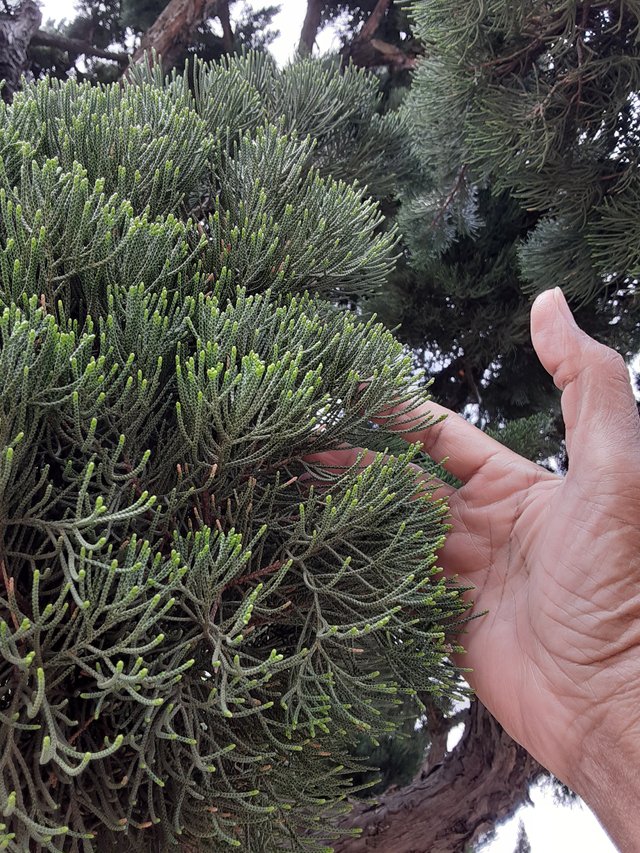
Pinus, commonly known as pines, are a genus of evergreen coniferous trees in the family Pinaceae. They are recognizable by their needles and characteristic pine cones, and are some of the most widely distributed trees in the world.
Pine trees have a fascinating relationship with their leaves. Unlike broadleaf trees that shed their leaves each fall, pines are evergreen, meaning they keep their needles year-round. However, pine needles aren't exactly leaves! They are technically called fascicles, which are clusters of needles that sheath together at the base.
There are actually four types of leaves found on pine trees:
- Cotyledons: These are the first leaves that emerge from a pine seed. They are small and scale-like, and provide nourishment to the seedling until true needles can grow.
- Primary needles: These single needles appear in the first year of growth, and may persist for many years on some species.
- Scale leaves: These small, brown, non-photosynthetic leaves protect the buds on pine trees.
- Needles: These are the most recognizable pine leaves. They are long, slender, and pointed, and are covered in a waxy coating to help reduce water loss. The number of needles per fascicle can vary depending on the species, but typically range from two to five. The needles persist for a surprisingly long time, depending on the species, with some lasting for up to 40 years!
The needles of pine trees play a vital role in the tree's survival. They are covered in tiny pores called stomata, which allow the tree to take in carbon dioxide for photosynthesis and release oxygen. The waxy coating on the needles helps to prevent water loss, which is especially important for pines that live in dry climates. The needles also store sugars produced during photosynthesis, which the tree can use for energy during the winter months.
The next time you see a pine tree, take a closer look at its needles. These fascinating structures are not just leaves, but are essential for the tree's survival and contribute to the beauty of our forests.
Ref.:
 |  |
Upvoted! Thank you for supporting witness @jswit.
Downvoting a post can decrease pending rewards and make it less visible. Common reasons:
Submit